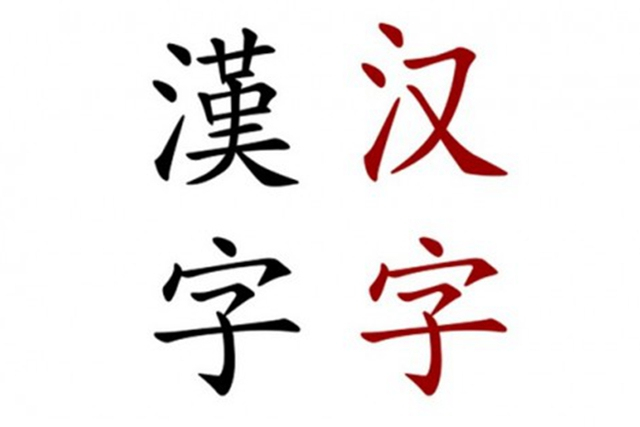Xavier Xia
Traditional Chinese characters and simplified Chinese characters are two types of standard Chinese character sets of contemporary written Chinese. Traditional characters had taken shape since the Reform of Writing and have largely maintained the same structure as when the regular script was introduced in the 2nd century. Since then, traditional characters were regarded as the only standard form of Chinese characters until the middle of the 20th century. Traditional Chinese characters are officially used in Taiwan, Hong Kong, and Macau. Since the 1950s and 1960s, the government of China has introduced and promoted simplified Chinese characters to encourage literacy. Several decades later, they are officially used in mainland China, Malaysia, and Singapore.

I want to discuss the ongoing debate on traditional and simplified Chinese characters in this article. Even though with exposure and experience, people educated in one writing system can quickly become familiar with the other, it is challenging to convert an entire document written in simplified characters to traditional characters and vice versa. That is why some people argue Sinophone world should use only one type of character. Advocates of simplified characters argue that simplified characters contain fewer strokes, which means they are more accessible for people to learn the writing system and faster to write. The proponents also point out that the population of simplified characters users is much larger, and it is tough to convert all these people to another writing system. Nevertheless, the users of traditional characters claim the speed advantage of simplified Chinese has become less relevant in the internet age. They also state that the aesthetic continuity of China’s immense heritage of art, literature, and calligraphy is diminished by supplanting characters in common use for centuries.
Simplified characters inside and outside of the People’s Republic of China

Hi Xavier,
It’s true that there are aesthetic considerations which are undeniably in favor of fantizi, e.g., 对 vs 對, but also, I think that the meaningful components of fantizi make it easier to memorize the hanzi, while the reduced forms are harder to make sense of. Consider for example, 学. The lower part is “child,” but the upper part has no meaning. In the traditional character, 學, the top was “two hands holding sticks” indicating the type of pedagogy one had to go through in traditional Confucian schooling. For better or worse, that part gets lost in simplification 🙂
Sam Lyn
Hi Xavier,
What an interesting topic! I grew up learning Mandarin and I personally like the simplified Chinese characters more. I’ve always had difficulty memorizing Chinese characters, so I think that having less stroke makes it easier for me to remember. On the other hand, my family who is from Hong Kong, is still using the traditional characters. They’ve never learned simplified characters, so it is fascinating for me that they can recognize those words! I was also wondering if you learned both characters in school?
Catherine Shieh
Hi Xavier,
It’s a very interesting topic! Personally, I didn’t learn to write any traditional Chinese characters when I was young and it was not until my undergraduate when I first use and write in this form, as in Japanese, there are many words that use fantizi. When I come to Montreal, as there are many immigrants from HongKong who use the traditional Chinese characters and so do the names of their shops, sometimes, my friends who don’t learn fantizi before find it hard to recognize the words sometimes. So it’s interesting to know how we could convert and transform from one form to the other.
Heng D.
Hi Xavier,
It’s a very good point that you had put forward about the traditional and simplified Chinese writing.
I had considered and done some research into this during my undergraduate years and when I was preparing for the exam and interview of Chinese language assistant to Britain in 2015.
It is true that the traditional writing carries more complete and profound cultural connotations of Chinese, however its complexicity in writing also hinders its popularisation in a wider social context. And I guess that is why simplified Chinese allowed the educated population of inland China to expand so rapidly in the past decades. Meanwhile, I had studied the pinyin of traditional Chinese, which is totally another system that doesn’t involve international alphabet. And if one wants to type in traditional Chinese, it is most need to use the five-stroke-input method on the keyboard, which can be quite challenging for people who are not familiar with it. However, the problem doesn’t exist in simplified Chinese as it has adopted the international alphabet to facilitate its pronunciation.
So I still think it’s more efficient to use simplified Chinese in daily communication and work, whereas appreciate the traditional Chinese as an ancient art.